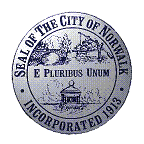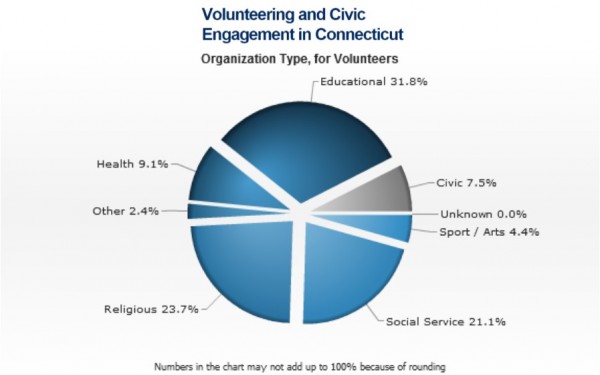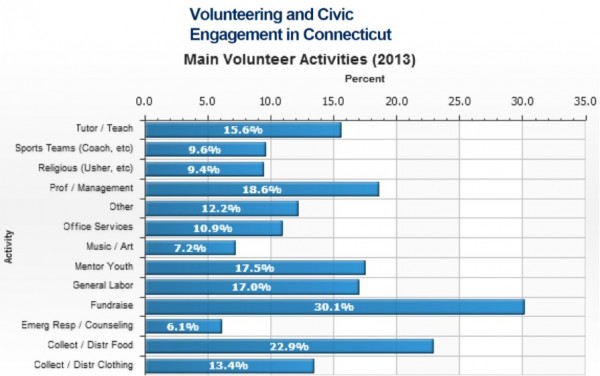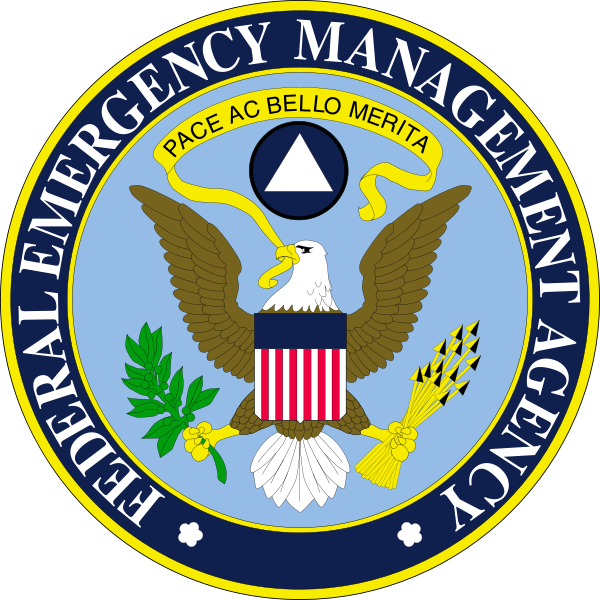Norwalk Among 15 Finalists for City Livability Awards; Energy Program Highlighted
/The City of Norwalk and Mayor Harry Rilling have been chosen as one of fifteen finalists for the U.S. Conference of Mayors City Livability Awards in the national division of cities with populations under 100,000. The awards recognize mayoral leadership for developing and implementing programs that improve the quality of life in America’s cities.
The program is characterized by the U.S. Conference of Mayors as “the most competitive award program” sponsored by the organization, and honors mayors and city governments for developing innovations that enhance the quality of life in urban areas. 
In its application, the City of Norwalk recognized the work of the Mayor’s Energy and Environment Task Force, chaired by Council member John Kydes, according to city officials. Mayor Rilling created the Task Force in February 2014 to promote environmentally responsible use of energy and natural resources among citizens and businesses in Norwalk, and to offer them green energy alternatives.
As a finalist, The City of Norwalk has been invited to submit a second application to the judges for the final round of decisions, which will take place in late spring. A first-place city and four runners-up will be announced at the organization’s annual meeting in June.
The other cities reaching the second round are Aguadilla, PR; Camuy, PR; Carmel, IN; Davie, FL; Hattiesburg, MS; Norcross, GA; Orland Park, IL; Pontiac, MI; Renton, WA; Rochester Hills, MI; Sumter, SC; Sunrise, FL; Warren, OH; and Westland, MI. 
Last year, New Orleans, LA Mayor Mitch Landrieu and West Sacramento, CA Mayor Chris Cabaldon were awarded first place honors – for cities above and below 100,000 population respectively - in the 2014 City Livability Awards, from a pool of over 200 applicants. Honorable mention for cities with populations of less than 100,000 was given to Beverly Hills (CA), Braintree (MA), Roanoke (VA) Tamarac (FL) and York (PA).
Mayor Bill Finch and the City of Bridgeport were recognized with an Outstanding Achievement Award among cities with populations over 100,000 in 2012, for the city’s Brownfields Remediation and Redevelopment Program – the City’s focus on reclaiming dormant brownfields to spur redevelopment. That same year, Hartford and Mayor Pedro Segarra also earned an Outstanding Achievement Award.
Established in 1979, the City Livability Awards are given annually to ten mayors and their cities--a first-place award and four Outstanding Achievement Awards for cities under 100,000 population, and a first-place and four Outstanding Achievement Awards for cities of 100,000 or more inhabitants.
The U.S. Conference of Mayors is the official nonpartisan organization of cities with populations of 30,000 or more. There are nearly 1,400 such cities in the country today, and each city is represented in the Conference by its chief elected official, the mayor.







 poll analysis, it is pointed out that connecting with another parent who is awake in the middle of the night can help to counteract feelings of isolation. Asking for other parents’ recommendations can facilitate the choice of a new childcare provider. And hearing about strategies used by other parents can offer practical tips to deal with a toddler’s behavior problem.
poll analysis, it is pointed out that connecting with another parent who is awake in the middle of the night can help to counteract feelings of isolation. Asking for other parents’ recommendations can facilitate the choice of a new childcare provider. And hearing about strategies used by other parents can offer practical tips to deal with a toddler’s behavior problem.

 among young adults (aged 18-24) attending college was 26.7 percent, nearly double the volunteer rate of young adults not attending college (13.5 percent).
among young adults (aged 18-24) attending college was 26.7 percent, nearly double the volunteer rate of young adults not attending college (13.5 percent).


 Among the students participating in the project were William Pritchard, interaction design and project management; Somaiyeh Ghaffarnia, animation and character development; Sean Dexter, 3D animation; Kevin Richetelli, 2D animation; Samantha Menza, game design; Tom Lee, game design and music composition; and Tiffany Hoang, game design. Prtichard and Ghaffarnia began working on the project as undergrads and continued while pursuing their graduate degrees. The other students were undergrads.
Among the students participating in the project were William Pritchard, interaction design and project management; Somaiyeh Ghaffarnia, animation and character development; Sean Dexter, 3D animation; Kevin Richetelli, 2D animation; Samantha Menza, game design; Tom Lee, game design and music composition; and Tiffany Hoang, game design. Prtichard and Ghaffarnia began working on the project as undergrads and continued while pursuing their graduate degrees. The other students were undergrads.

 Charter Oak’s proposal would create an Experimental Site in financial aid that would offer aid to students for prior learning (established via portfolios and tests), with the aim of making a college degree more affordable and accessible.
Charter Oak’s proposal would create an Experimental Site in financial aid that would offer aid to students for prior learning (established via portfolios and tests), with the aim of making a college degree more affordable and accessible.


 Also this week, an official at the FCC indicated that the "enforcement hold" status of the station’s license renewal was "unchanged," and the station continues to operate until a decision is made, as is customary with delayed renewal applications. The WTIC-AM license renewal application has been on enforcement hold at the FCC since the license expiration date of April 1, 2014, as the agency’s Enforcement Bureau continues to consider “an alleged violation of FCC rules,” according to an FCC official. The renewal application was filed by the station almost 16 months ago, on November 27, 2013. Stations must file an application for license renewal) four months prior to the expiration date of the station’s license.
Also this week, an official at the FCC indicated that the "enforcement hold" status of the station’s license renewal was "unchanged," and the station continues to operate until a decision is made, as is customary with delayed renewal applications. The WTIC-AM license renewal application has been on enforcement hold at the FCC since the license expiration date of April 1, 2014, as the agency’s Enforcement Bureau continues to consider “an alleged violation of FCC rules,” according to an FCC official. The renewal application was filed by the station almost 16 months ago, on November 27, 2013. Stations must file an application for license renewal) four months prior to the expiration date of the station’s license. WTIC-AM, which is licensed to Hartford but operates from studios in Farmington and has its broadcast tower on Avon Mountain, can continue broadcasting under the license that expired on April 1, 2014, until the FCC acts on its renewal application. Until the enforcement hold is lifted the FCC Media Bureau cannot proceed with a decision on whether or not to renew the station’s broadcast license. The Enforcement Bureau must first determine whether or not a violation of FCC rules has occurred. If the allegation is substantiated, the agency has a range of options, such as warning that the violation not be repeated or imposing a monetary fine on the station, officials said.
WTIC-AM, which is licensed to Hartford but operates from studios in Farmington and has its broadcast tower on Avon Mountain, can continue broadcasting under the license that expired on April 1, 2014, until the FCC acts on its renewal application. Until the enforcement hold is lifted the FCC Media Bureau cannot proceed with a decision on whether or not to renew the station’s broadcast license. The Enforcement Bureau must first determine whether or not a violation of FCC rules has occurred. If the allegation is substantiated, the agency has a range of options, such as warning that the violation not be repeated or imposing a monetary fine on the station, officials said.





























